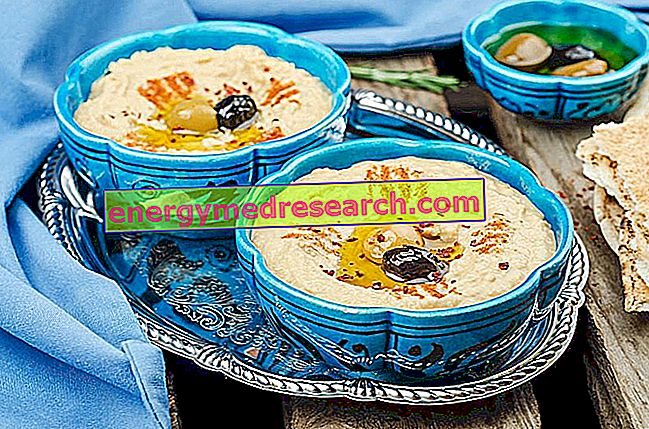
Many kitchen-related sources describe hummus as an ancient food and link it to various famous historical figures such as, for example, Saladin (sultan and strategist of Egypt and Syria). In fact, the basic ingredients for making hummus (chickpeas, sesame, lemon and garlic) have been part of the Middle Eastern and North African diet for millennia.
However, there is no specific evidence relating to the antiquity of hummus bi tahina . In fact, although chickpeas were widely consumed in the territories in question (in the form of stews and other hot dishes), the cold puree mixed with tahini does not appear (in Egypt and the Middle East) before the Abbasid period (750 - 1258 AD) .
The first recipes similar to hummus bi tahina are reported in cookbooks published in Cairo in the 13th century AD.
In the "Kitab al-ILA Wusla l-Habib fi wasf al-tayyibit wa-l-Tib" is mentioned a cold chickpea puree with vinegar, pickled lemons, herbs, spices and oil but without tahin or garlic.
To confirm, in the "Kitab al-wasf Atima al-Mutada" appears a chickpea puree mixed with tahini sauce called hummus kasa; contains vinegar (not lemon), spices, herbs and nuts (not garlic). It is also worked differently, which suggests that it has quite different organoleptic and taste characteristics from those of the hummus.
Ultimately, despite the fact that the hummus itself has appeared rather recently, the precursor recipes seem to have much older roots.



